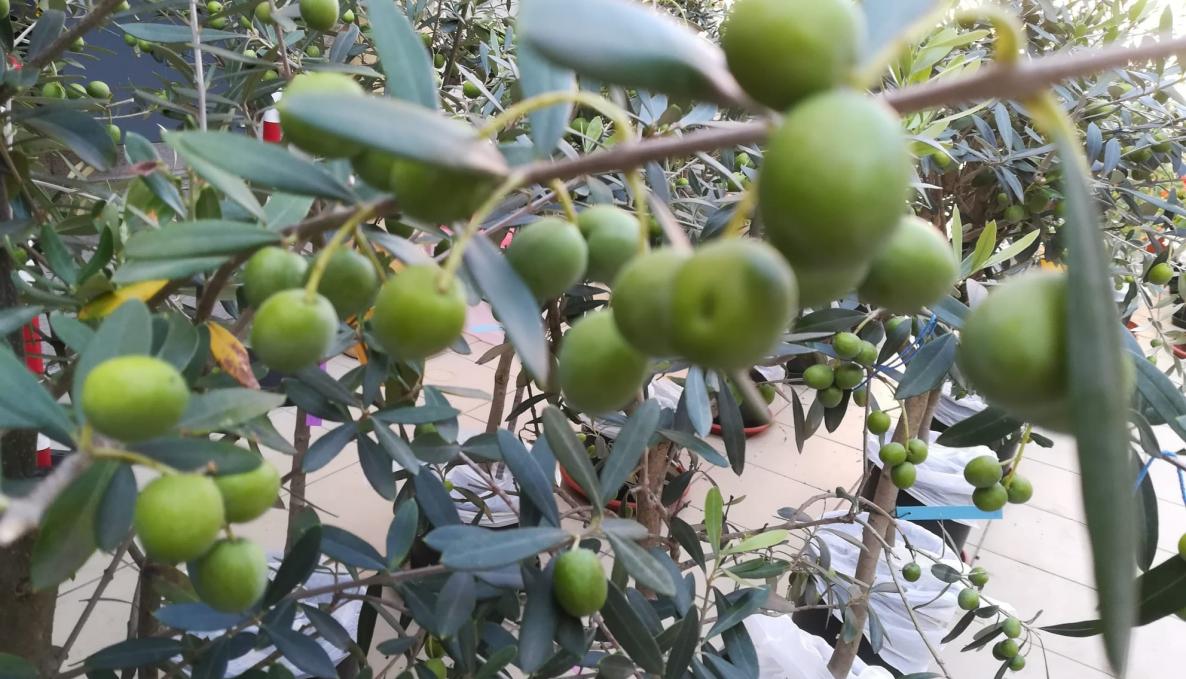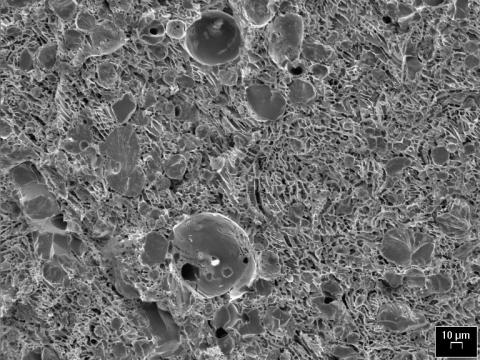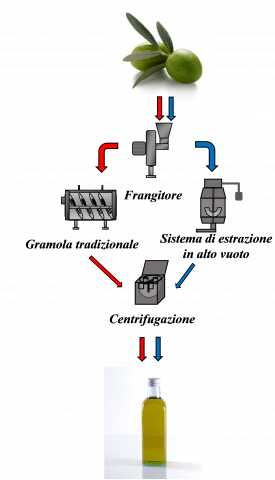Olive Oil: High Vacuum Technology increases content of phenolic compounds in extra virgin olive oil. University of Perugia and Sant'Anna School of Pisa joint research results published in journal “Food Chemistry”

The rising demand from consumers for high quality extra virgin olive oil because of its health, sensory and nutritional properties has proved to be the most important factor for improving the extraction technology. The results of the study conducted by Professor Maurizio Servili from the University of Perugia Department of Agricultural, Food and Environmental Sciences and Professor Luca Sebastiani, director of the Sant’Anna School Institute of Life Sciences, demonstrating an increase in the extra virgin olive oil phenolic concentration (between 25 and 49 percent using olives from three central and southern Italy’s cultivars at different temperatures) determined by the high vacuum technology in the mechanical extraction of olive oil, was published in the high-impact, international journal “Food Chemistry”.
The application of the high vacuum method during the kneading of the olive paste (resulting in higher mobility of the oily phase into the cellular and intracellular space and the alteration of the physicochemical characteristics having the potential to increase yields), also determined a reduction of the volatile compounds responsible for negatively affecting the flavor as a consequence of lower temperatures during the extraction process.
In investigating the mechanical olive oil extraction process, malaxation, and the coalescence of oil droplets, researchers have found that lower operating temperatures led to improvement in taste by reducing the bitter and pungent notes of these volatile molecules considered negative, such as ethanol, ethyl acetate and acetic acid.
“This study was supported by Alfa Laval, a leading global provider of the most advanced olive oil processing technology. We work closely with industrial partners to develop novel knowledge that benefits both sectors. In this study, we have identified open questions for future research and produced common outputs. The implementation of the high vacuum technology can enhance the impact on the sensorial profile and the health properties of extra virgin olive oil”, said Maurizio Servili and Luca Sebastiani.
Academics who took part in this collaborative study include Gianluca Veneziani, Agnese Taticchi, Sonia Esposto, Stefania Urbani, Roberto Selvaggini, Beatrice Sordini and Luigi Daidone under the supervision of Maurizio Servili (University of Perugia Department of Agricultural, Food and Environmental Sciences) together with Luca Sebastiani and Antonio Minnocci (Sant’Anna School Institute of Life Sciences).
Click here to download the paper “High vacuum-assisted extraction affects virgin olive oil quality: Impact on phenolic and volatile compounds”, published in journal “Food Chemistry” (authors: Agnese Taticchi, Sonia Esposto, Gianluca Veneziani, Antonio Minnocci, Stefania Urbani, Roberto Selvaggini, Beatrice Sordini, Luigi Daidone, Luca Sebastiani, Maurizio Servili)
Photogallery
- Cryo-scanning electron microscopy (Cryo-SEM) analysis of the olive paste during the malaxation process under high vacuum conditions. Oil drops obtained after high vacuum treatment are larger due to cellular and intracellular mass transfer (by Antonio Minnocci, Sant'Anna School Institute of Life Sciences - Pisa)
- Flow chart of olive oil conventional extraction methods (red arrow) and High Vacuum Technique
- From left to right: scientific coordinators Maurizio Servili and Luca Sebastiani






